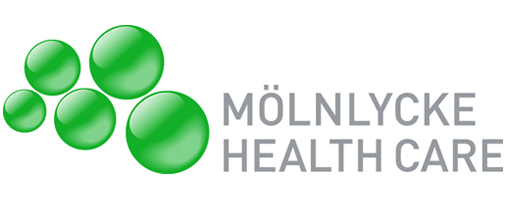Team:Chalmers-Gothenburg/Theory
From 2012.igem.org
(Difference between revisions)
| Line 2: | Line 2: | ||
== Human chorionic gonadotropin hormone== | == Human chorionic gonadotropin hormone== | ||
| - | The hormone of interest in detecting pregnancy is human chorionic gonadotropin hormone (hCG), a member of the glycoprotein family | + | The hormone of interest in detecting pregnancy is human chorionic gonadotropin hormone (hCG), a member of the glycoprotein family [[#Rendeva|[1]]]. hCG binds to luteinizing hormone (LH) receptor localized on the yellow body that will after binding of hCG maintain progesterone production. The maintained level of progesterone stops menstrual bleeding and prepares the uterus lining for the implementation of the fertilized egg [[#Racowsky|[2]]]. The term hCG actually refers to five independent molecules, all with various structure and biological function. The two dominating forms are regular hCG and hyperglycosylated hCG(H-hCG) but only regular hCG acts on the LH receptor and therefor will our biosensor only detect regular hCG [[#Cole|[3]]]. |
| + | |||
| - | |||
=='''References'''== | =='''References'''== | ||
| - | <div id=" | + | <div id="Rendeva"></div>[http://search.proquest.com/docview/207445721] Randeva HS, Jackson A, Karteris E, Hillhouse EW. hCG production and activity during pregnancy. Fetal and Maternal Medicine Review. 2001;12(3):191-208. |
| + | |||
| + | <div id="Racowsky"></div>[http://www.sciencedirect.com/science/article/pii/S1569258298800962] Racowsky C, Gelety TJ. The Biology of the ovary. In: Bittar EE, Bittar NE, editors. Reproductive Endocrinology and Biology vol.12. Madison; 1998. p. 77-102. | ||
| + | |||
| + | <div id="Cole"></div>[http://www.sciencedirect.com/science/article/pii/S0009898111005456] Cole LA. hCG. Five independent molecules. Clinica chimica acta; international journal of clinical chemistry. 2012;411(1-2):48-65. | ||
| + | |||
{{Team:Chalmers-Gothenburg/footer}} | {{Team:Chalmers-Gothenburg/footer}} | ||
Revision as of 16:24, 13 June 2012
Human chorionic gonadotropin hormone
The hormone of interest in detecting pregnancy is human chorionic gonadotropin hormone (hCG), a member of the glycoprotein family [1]. hCG binds to luteinizing hormone (LH) receptor localized on the yellow body that will after binding of hCG maintain progesterone production. The maintained level of progesterone stops menstrual bleeding and prepares the uterus lining for the implementation of the fertilized egg [2]. The term hCG actually refers to five independent molecules, all with various structure and biological function. The two dominating forms are regular hCG and hyperglycosylated hCG(H-hCG) but only regular hCG acts on the LH receptor and therefor will our biosensor only detect regular hCG [3].
References
[1] Randeva HS, Jackson A, Karteris E, Hillhouse EW. hCG production and activity during pregnancy. Fetal and Maternal Medicine Review. 2001;12(3):191-208. [2] Racowsky C, Gelety TJ. The Biology of the ovary. In: Bittar EE, Bittar NE, editors. Reproductive Endocrinology and Biology vol.12. Madison; 1998. p. 77-102. [3] Cole LA. hCG. Five independent molecules. Clinica chimica acta; international journal of clinical chemistry. 2012;411(1-2):48-65.
 "
"


